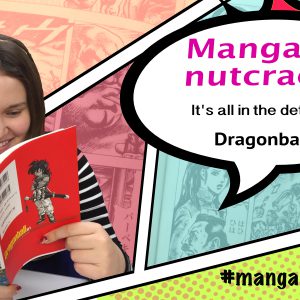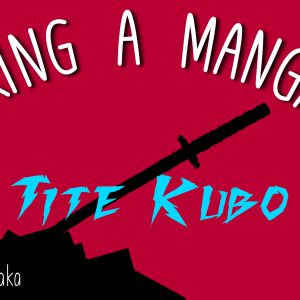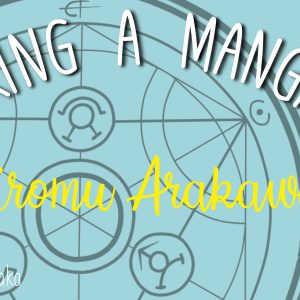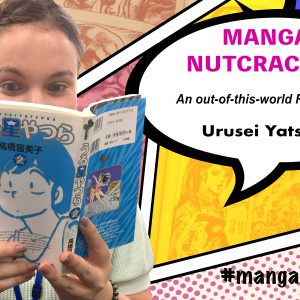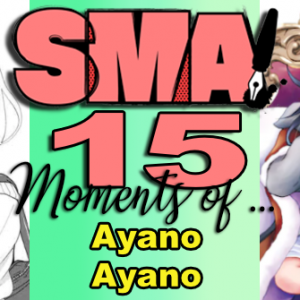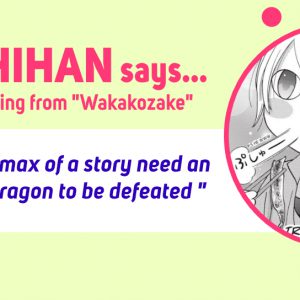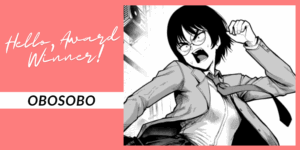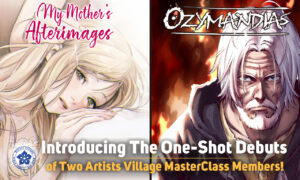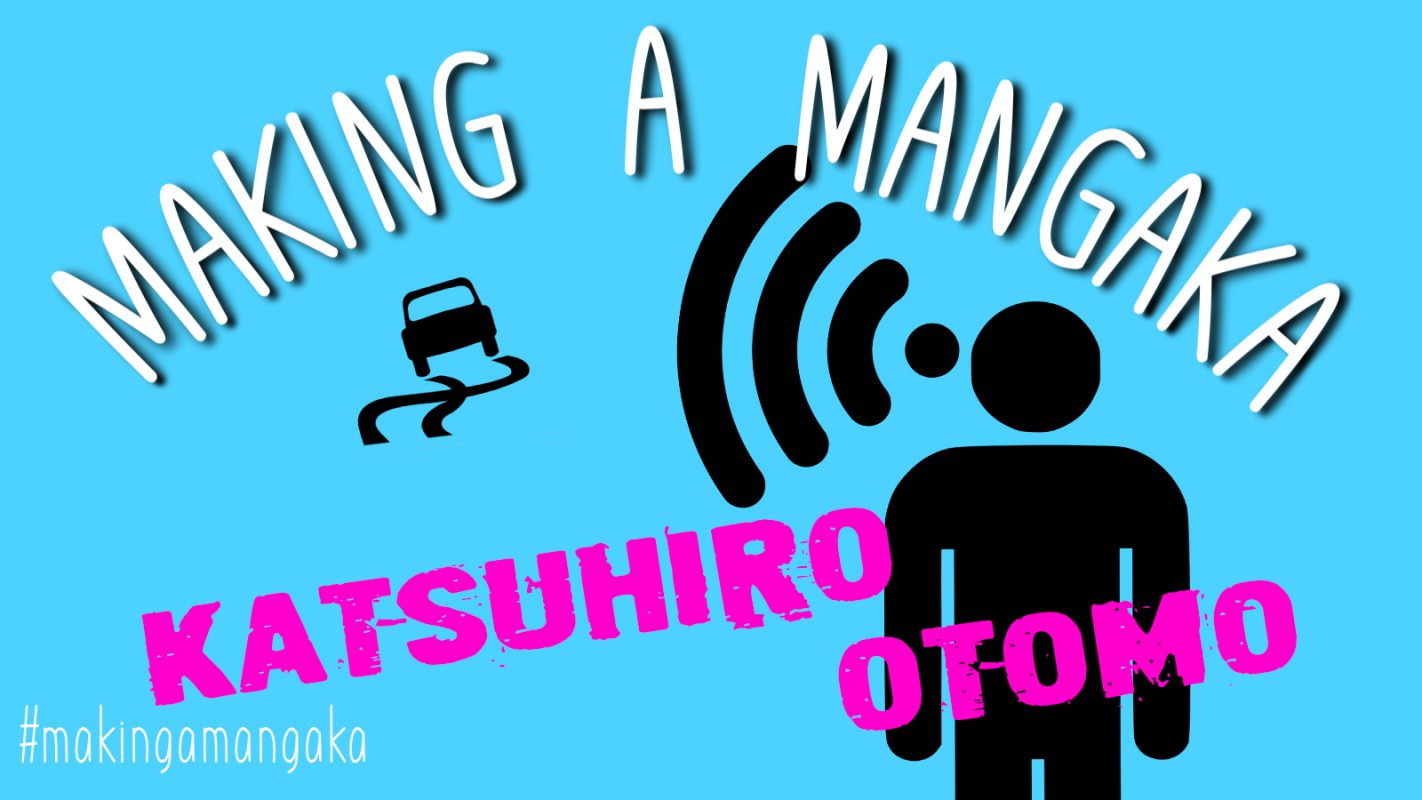
To say Katsuhiro Otomo was a game changer, is an understatement. With an early education gained within the enveloped darkness of a movie theatre, the multi-award winning Mangaka developed a vision of cinematic proportions. A vision that crossed mediums, languages and continents, and ushered the world of Japanese manga and anime into the lives of countless fans around the world.
Name: Katsuhiro Otomo (大友 克洋 Ōtomo Katsuhiro)
Born: April 14th, 1954
Place of Birth: Tome, Miyagi Prefecture, Japan
Speciality: Mind Power!

ABOUT
It’s safe to say that Katsuhiro Otomo is a movie buff. Growing up in Tome, Miyagi Prefecture, the young Otomo would travel miles to his nearest cinema to catch the latest blockbuster, exhibiting a dedication to the arts that would permeate much of his future career.
Graduating high school in 1973, Otomo undertook the tried and tested route of all young dreamers, a move to the big city. Tokyo not only offered a good college degree, but placed the imaginative, small town boy into the very heart and soul of manga. That same year, Otomo published his first work, a manga adaption of French novelist Prosper Mérimée’ novella Mateo Falcone, called A Gun Report.
Otomo would spend much of the 70’s juggling his college studies and creating short stories for manga magazine Action Deluxe. Then, in 1979, the young mangaka began work on his first serialized manga, Fireball. Though never completed, the themes of Fireball would not only pave the way for Otomo’s breakout work Domu, they would also dominate much of his career, both on paper and the silver screen.
Domu: A Child’s Dream was serialized from 1980 – 1983, but it wasn’t until the work was collected and published in book form that the world began to take note of this young creator. Winning the prestigious Niho SF Taisho award, Domu began to open up many doors for Otomo, not least offering him the chance to try his hand at directing.

1982 was a huge turning point for Otomo. Not only did he make his anime debut with Harmagedon, as writer and character designer, the year would also mark the publication of his most celebrated work, AKIRA. Taking 8 years to complete, with a total of 2000 pages of artwork, AKIRA would catapult Otomo’s career to the dizzying heights of global success.
Following on from his directorial debut with a segment in the 1987 anthology anime Neo Tokyo, Otomo felt ready to tackle the big screen adaption of his still running manga masterpiece, AKIRA. Though initially unhappy with the final product, 1988’s AKIRA anime was an instant cult classic, thanks to its iconic soundtrack, care of full time science professor Tsutomu Ōhashi, and visuals ablaze with fast paced action and unforgettable characters, all playing out under the vibrant glare of a cyberpunk neon skyline.
Thanks to the global success of AKIRA, Otomo’s creative vision was in high demand. From a stint on DC’s Batman with the Black & White anthology to directing anime classics, including JoJo’s Bizarre Adventure, Steamboy and live action movies World Apartment Horror and Mushishi, Katsuhiro Otomo straddled the creative divide of manga artist and film director with ease.
In 2012, Otomo announced plans for a return to manga with a series set in the Meiji Era of Japan, and though currently in ‘development hell’, the series will mark his biggest manga commitment since AKIRA. With a career peppered with a plethora of cult classics, across a multitude of multi-media platforms, Katsuhiro Otomo can be forgiven for making his audience wait. After all, we know it will be worth the wait.

MY THOUGHTS
The term ‘Renaissance man’, much like ‘genius’ is banded around with much abandon these days. But in the case of Katsuhiro Otomo, both terms are well deserved. Mangaka, screenwriter, artist and director, Otomo handles each of these responsibilities with a dedication bordering on the obsessive. But in the case of manga, what makes Otomo stand apart from many of his contemporaries is undoubtedly his scope for storytelling, a scope very much grounded in the world of cinema.
In his breakout hit Domu: A Child’s Dream, a tale of an elderly psychic serial killer, rampaging around his apartment block, Otomo introduces many of the themes that will permeate much of his future work. But it’s how he ‘directs’ the story that really stands out.
With the majority of the action taking place in a single location, a council run apartment complex, Otomo expertly guides the reader by employing a “bait and switch” method. Indeed, this playful approach is most apparent by introducing the protagonist halfway through the manga. This mash-up of sci-fi and “Hitchcockesque” suspense was unlike any manga at the time, more suited to a standalone ‘graphic novel’, or ‘movie’ than manga magazine serial.
Where Domu was an experiment in suspense, 1982’s AKIRA was an explosive treatment of the action blockbuster. At over 2000 pages, the manga is surprisingly quick to read, thanks to Otomo’s liberal use of epic chase scenes. But don’t let that fool you into approaching this as a mindless, Saturday night, popcorn laden offering of escapism.
At its very heart, AKIRA is a story about friendship. Strip away the themes of ‘playing god’, political intrigue and the breakdown of society and we see two ‘brothers’, ripped apart by the circumstances of their surroundings. Created at a time when “bosozoku” bike gangs were a common sight on the streets of Japan, it’s no wonder that Otomo chose to focus the story from the point of view of disadvantaged youths, forgotten by the corrupt system that made them.
Katsuhiro Otomo’s big screen anime adaption of AKIRA, burst onto the scene in 1988, forever changing the way the West viewed ‘cartoons’. A visual assault to the senses, the epic tale was burgeoning with arresting action scenes, exquisitely developed characters and an absorbing plot to rival the most iconic sci-fi epics of the age. AKIRA not only proved to be a dangerously effective “gateway drug” to Japanese manga and anime for millions around the world, including myself, it established Otomo as an adept, almost masterful auteur.
Reading the manga of Otomo, his talents as a film director are ever present. With wide angle vistas, panning shots and effective use of close-ups, each page works just as well as a movie storyboard as it does a comic book. But then, that’s what sequential art is. Visual storytelling in any medium, is only as good as its ‘director’, a fact Katsuhiro Otomo is only too aware of.

MANGA
A Gun Report – 1973
Short Peace – 1979
Highway Star – 1979
Fireball – 1979
Dōmu – 1980
Kibun wa mō Sensō – 1980
Sayonara Nippon – 1981
Akira – 1982
Visitors – 1984
Kanojo no Omoide… – 1990
The Legend of Mother Sarah (Writer only) – 1990
ZeD (Writer only) – 1991
SOS! Tokyo Metro Explorers – 1996
Batman: Black & White #4 (The Third Mask) – 1996
Hipira: The Little Vampire (Writer only) – 2001
Park – 2006
DJ Teck’s Morning Attack – 2012







